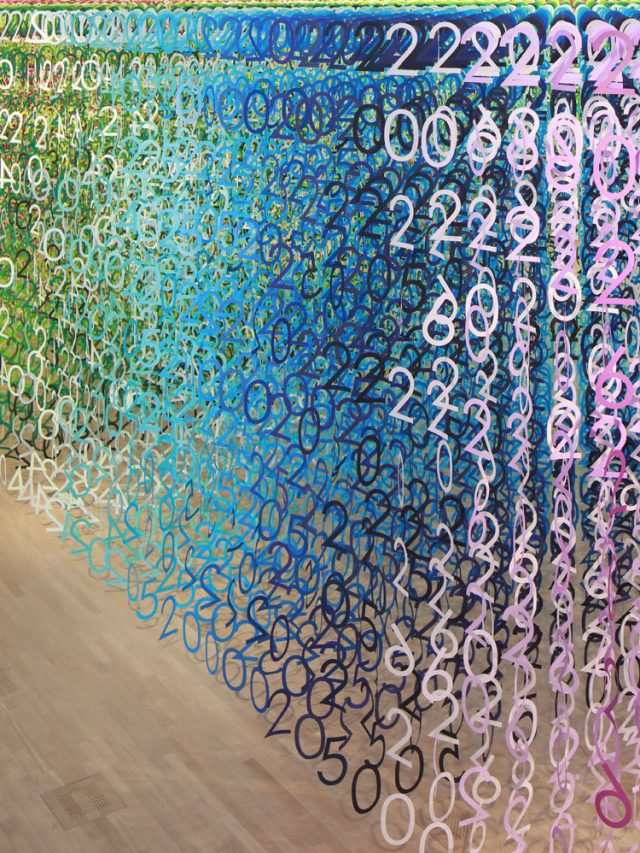Art has always been a therapeutic medium through which human creativity finds expression. From the earliest cave paintings to modern digital art, the range of artistic forms and techniques has expanded exponentially. One fascinating subset of artistic expression involves the use of numbers and letters as integral elements in creating visual patterns and designs. Today we explore this junction of art and mathematics.
String Art Patterns with Numbers
String art is a technique that emerged in the late 19th century and gained popularity as a form of decorative art in the mid-20th century. It involves creating intricate designs by wrapping and weaving colored thread, yarn, or string around nails or pins fixed to a surface, typically wood. While string art traditionally utilizes geometric shapes and abstract designs, incorporating numbers into these patterns adds a unique dimension.
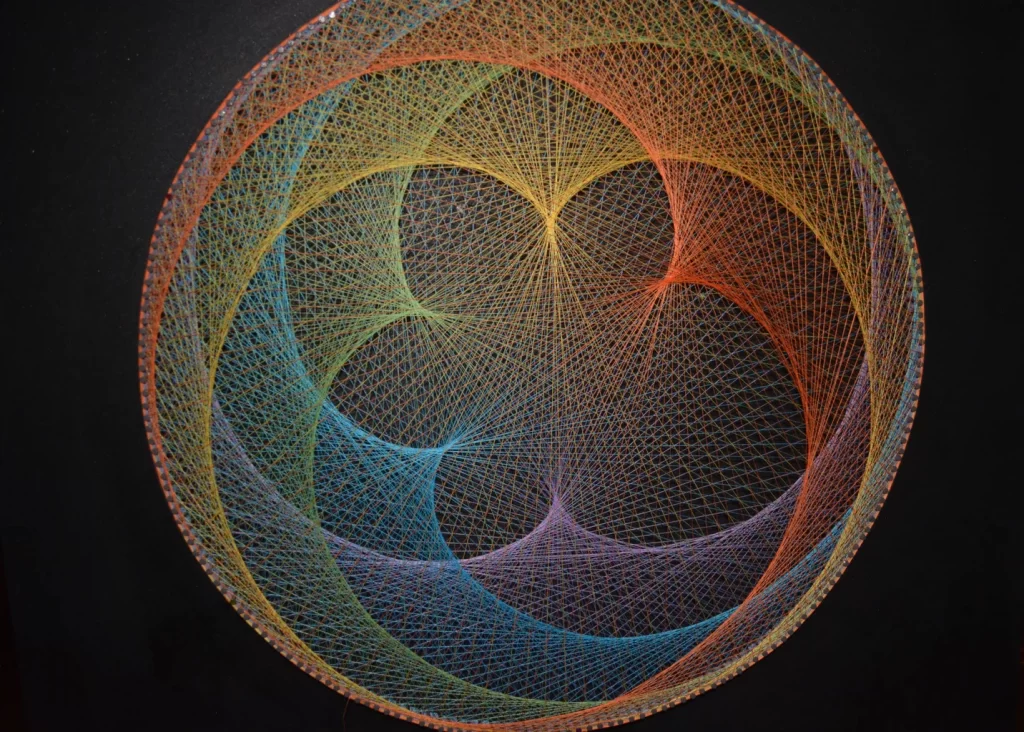
Geometric Patterns and Mathematical Precision
Beyond Fibonacci, string art patterns with numbers interrogate other mathematical concepts such as tessellations, fractals, and geometric transformations. For example, creating a pattern based on the concept of tessellation (repeating geometric shapes without any gaps) can involve numbering each shape or segment, thereby creating a numbered artwork that is both mathematically precise and aesthetically pleasing.
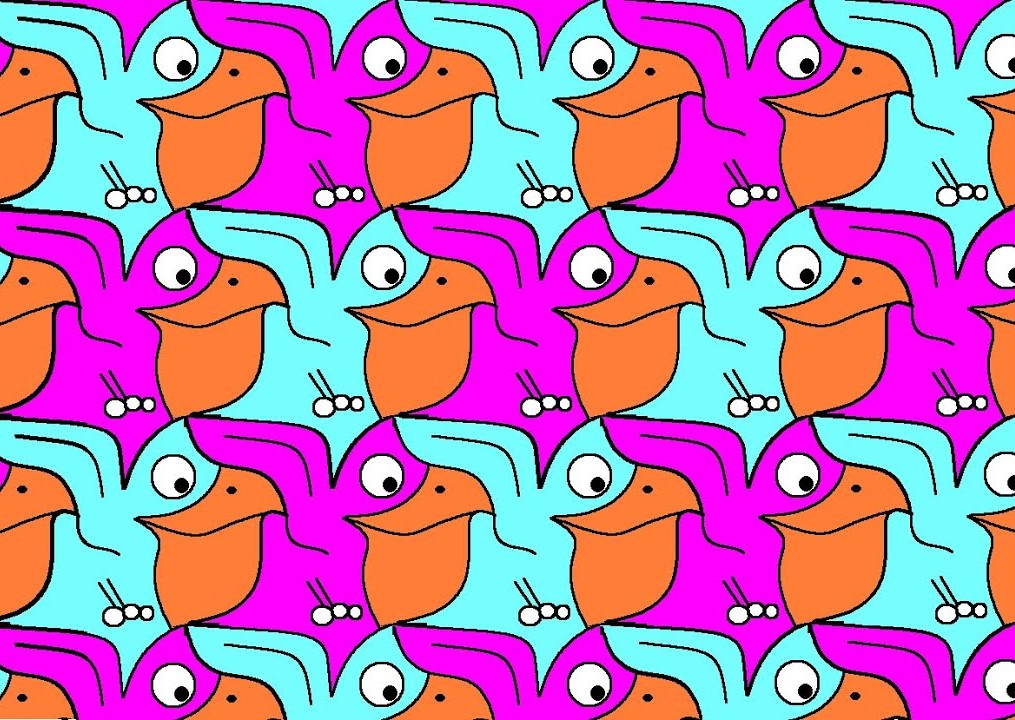
Art with Numbers and Letters
Artistic expression often finds ways to merge the art with numbers and letters, creating compositions that resonate with both intellect and emotion. Here are a few examples of how numbers and letters intersect in art.
1. Typographic Art
Typography, the art and technique of arranging type to make written language readable and appealing, has evolved into a form of visual art in its own right. Artists and designers use art with numbers and letters to evoke emotions and create aesthetic experiences. Typographic art often involves manipulating letterforms and numbers creatively, experimenting with scale, color, and arrangement to produce visually striking compositions.
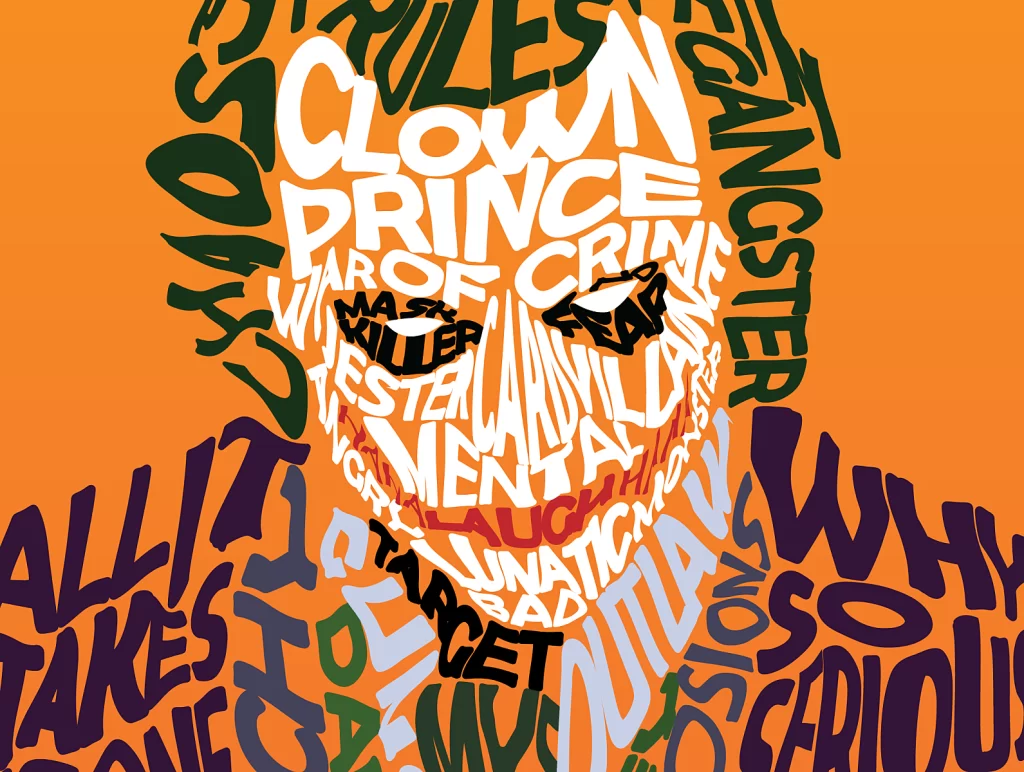
2. Digital Art and Data Visualization
In the age of big data, artists are increasingly using numbers and data as raw materials for their creations. Data visualization, a field that merges data analysis with visual communication, finds complex and new ways to represent information through art with numbers and letters. Artists translate numerical data into visual forms such as graphs, charts, and interactive installations, turning abstract numbers into tangible and often thought-provoking artworks.
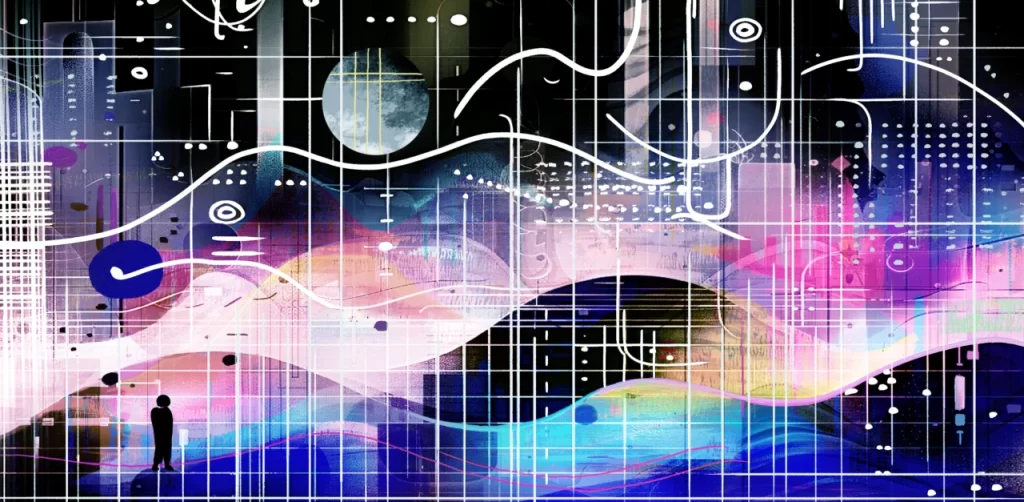
3. Calligraphy and Numerical Elegance
Calligraphy, the art of beautiful handwriting, transcends mere functionality. This art with numbers and letters combines strokes, curves, and spacing to create visually harmonious compositions. By incorporating numerical symbols and sequences into calligraphic art, artists celebrate the elegance and cultural significance of both written language and mathematical notation.
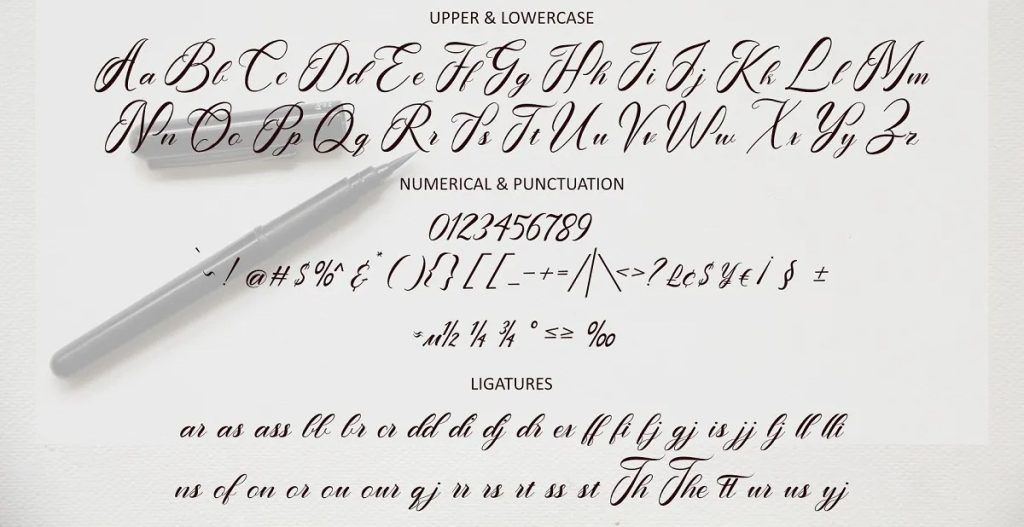
The Intersection of Art and Mathematics
Art with numbers and letters highlights the deep interplay between creativity and mathematical principles. Artists who incorporate numerical elements into their work often find inspiration in mathematical concepts such as symmetry, proportion, and sequence. This interdisciplinary approach allows us to peek into the inherent beauty of mathematical structures.
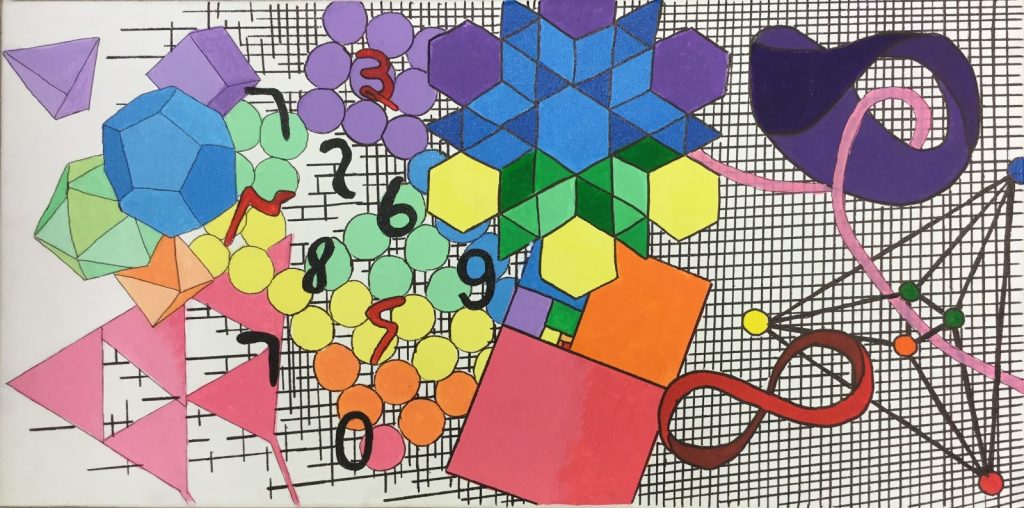
Whether through string art patterns with numbers like the Fibonacci sequence or through typographic compositions that merge letters and numbers in visually compelling ways, artists invite viewers to contemplate the beauty of mathematical order and the endless possibilities of creative interpretation. As art evolves alongside technological advancements and cultural shifts, the exploration of numbers and letters as artistic mediums promises to inspire and captivate audiences for generations to come.
Image Courtesy – Emmanuelle Moureaux


